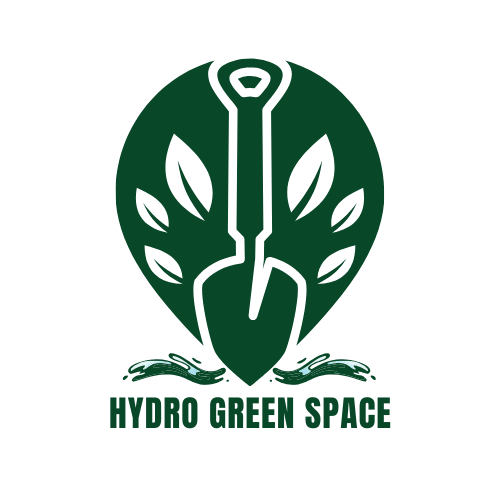15 Best Vegetables to Grow Hydroponically – Complete List
Are you eager to cultivate vegetables but hindered by space limitations and the hassles of traditional soil-based gardening?
Hydroponically grown plants provide the perfect solution. Hydroponics is a method of growing plants without soil, using nutrient-rich water instead.
This allows you to grow vegetables indoors, year-round, and with less water than traditional gardening methods.
Some of the most popular hydroponic vegetables include tomatoes, peppers and lettuce. However, there are many other vegetables that can be grown using hydroponics, including cucumbers, beans, and even Carrots.
But not every vegetable is suited for a hydroponic system. So I’ve made this list to help you out.
List of Hydroponic Vegetables
How this list works: I have sorted the vegetables in descending order of how well they are suited for various hydroponic systems like Nutrient Film Technique (NFT), Deep Water Culture (DWC), and vertical setups.
Also, I list the optimal pH level, harvesting time, and lighting requirements for every vegetable.
Lettuce
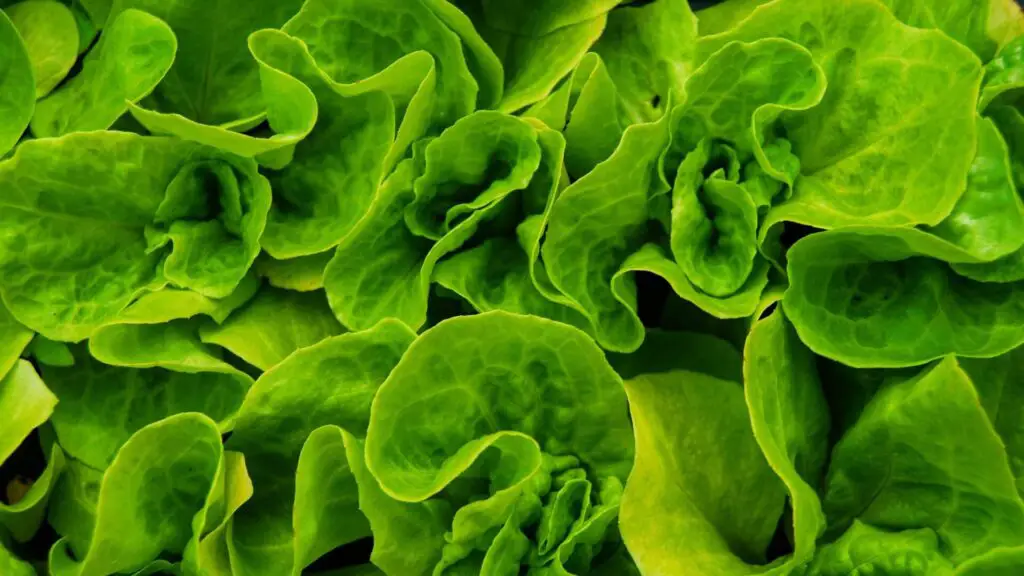
- Optimal pH Level: 5.5 – 6.5
- Harvesting Time: 3-6 weeks
- Lighting Requirements: 12-16 hours daily (standard LED or fluorescent grow lights)
Lettuce is a hydroponic favorite due to its rapid growth, high yield, and ease of cultivation. Varieties such as butterhead, romaine, and loose-leaf lettuce thrive in hydroponic systems. These greens are not only quick to mature but also adaptable to various hydroponic setups, making them a fantastic choice for beginners.
Lettuce is a versatile and nutritious addition to salads and sandwiches. It’s known for its crisp, refreshing leaves and can be harvested by simply cutting the outer leaves, allowing the inner leaves to continue growing.
This continuous harvest makes it an excellent choice for hydroponic gardeners who enjoy a steady supply of fresh greens throughout the growing season. With proper care and attention to pH and nutrient levels, lettuce can be a reliable staple in your hydroponic garden and can last several weeks.
Spinach
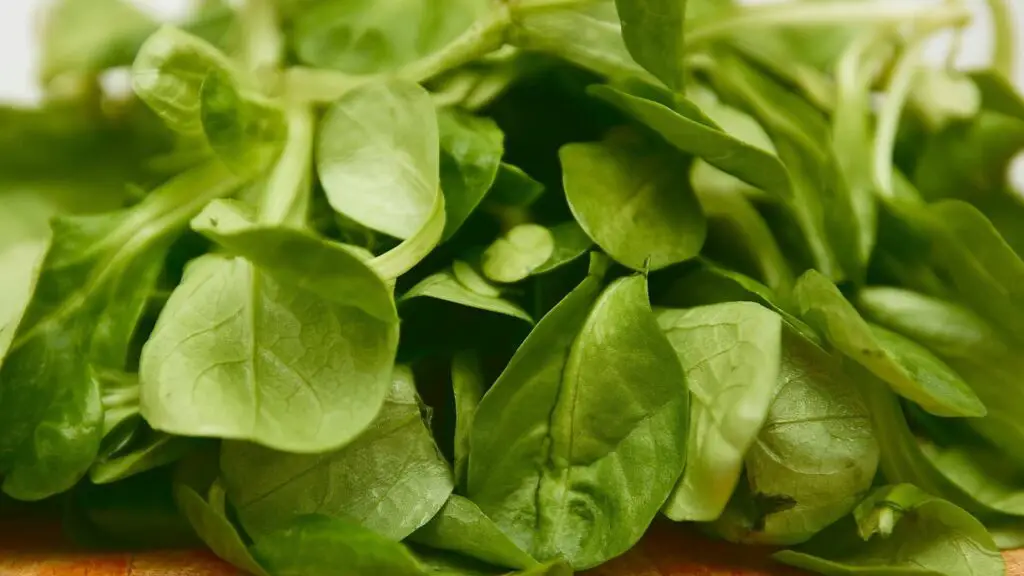
- Optimal pH Level: 6.0 – 7.0
- Harvesting Time: 4-6 weeks
- Lighting Requirements: 12-14 hours daily (standard LED or fluorescent grow lights)
Spinach is a nutrient-packed hydroponic vegetable that matures swiftly, typically within four to six weeks. This leafy green is suitable for year-round cultivation in hydroponic systems. Its versatility in salads, smoothies, and cooked dishes makes it a valuable addition to any hydroponic garden.
Spinach is rich in vitamins, particularly vitamin K, and minerals like iron and calcium. Hydroponically grown spinach tends to be cleaner and more pest-free than soil-grown counterparts, enhancing its appeal for health-conscious gardeners.
When harvesting, simply trim the outer leaves, allowing the inner leaves to continue growing, ensuring a steady supply of fresh, vibrant spinach for your culinary creations.
Related: Can hydroponics be organic?
Kale
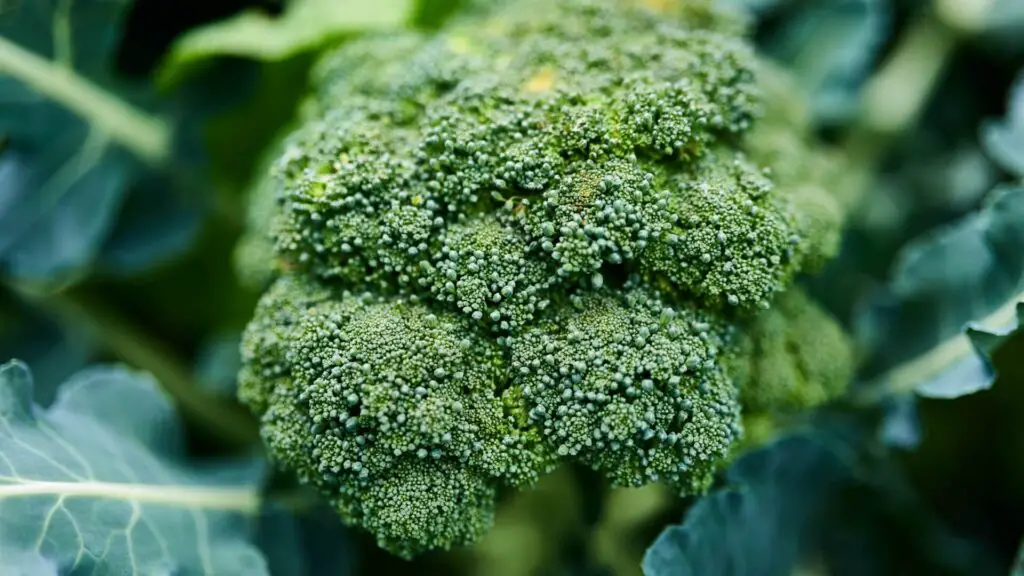
- Optimal pH Level: 6.0 – 7.0
- Harvesting Time: 6-8 weeks
- Lighting Requirements: 12-16 hours daily (standard LED or fluorescent grow lights)
Kale is a nutritional powerhouse and increasingly popular for hydroponic growers. It matures in as little as six weeks and can withstand diverse environmental conditions. Its robust growth and nutrient-rich leaves make it a rewarding choice for hydroponic gardening.
Kale varieties such as curly kale and dinosaur kale are rich in vitamins A, C, and K, as well as antioxidants. Hydroponically grown kale is known for its tender leaves and mild flavor. Regular harvesting by snipping the outer leaves encourages continual growth.
Whether used in salads, smoothies, or sautéed as a side dish, hydroponic kale offers a consistent supply of healthy greens with minimal effort.
Beans
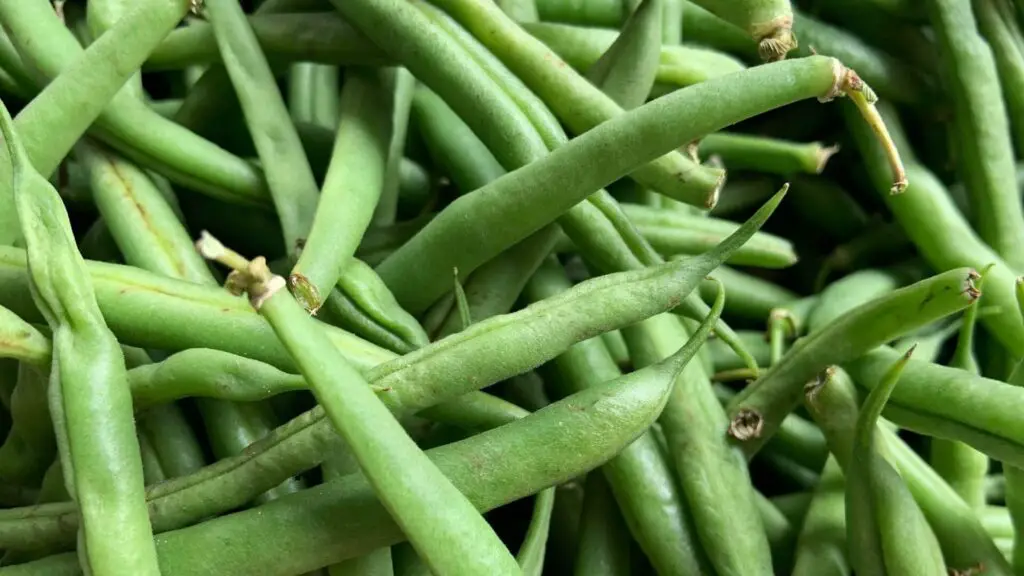
- Optimal pH Level: 6.0 – 6.8
- Harvesting Time: 8-10 weeks
- Lighting Requirements: 14-16 hours daily (high-intensity LED grow lights)
Beans, including green, snap, and pole varieties, thrive in hydroponic systems. They offer a substantial yield and are relatively easy to cultivate. Vertical growth is an option, maximizing space efficiency in your hydroponic garden.
Beans are an excellent source of protein, fiber, and various vitamins and minerals. In hydroponic systems, they tend to produce fewer pests and diseases, resulting in cleaner and healthier crops.
To harvest, pick beans when they are young and tender to enjoy their best flavor and texture. Frequent harvesting also encourages further bean production, ensuring a bountiful supply for your culinary endeavors.
Cucumbers
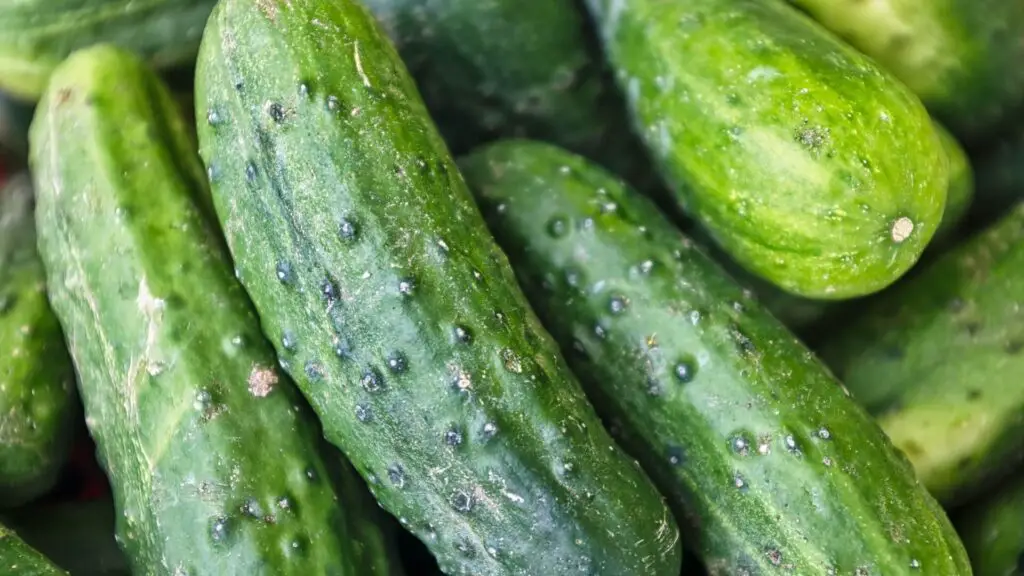
- Optimal pH Level: 5.8 – 6.2
- Harvesting Time: 6-8 weeks
- Lighting Requirements: 16-18 hours daily (high-intensity LED grow lights)
Cucumbers are a popular hydroponic choice with a high yield potential. Vertical growth is ideal for saving space. However, cucumbers are water-intensive, so consistent system maintenance is crucial.
Hydroponically grown cucumbers tend to be sweeter and more consistent in size and shape. To harvest, simply pick cucumbers when they reach the desired length, typically six to eight inches.
Regular harvesting encourages the plant to produce more cucumbers, ensuring a steady supply for your culinary creations.
See also: Why are my cucumbers leaves turning yellow?
Tomatoes
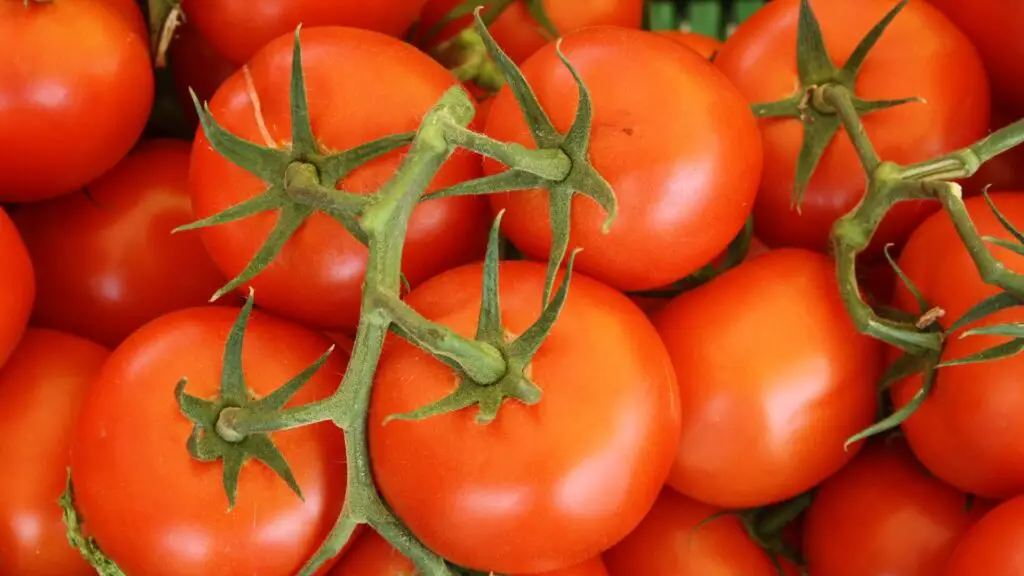
- Optimal pH Level: 5.5 – 6.5
- Harvesting Time: 8-12 weeks
- Lighting Requirements: 14-18 hours daily (high-intensity LED or high-intensity discharge (HID) grow lights)
Tomatoes are a year-round hydroponic favorite. There are many different varieties of tomatoes that can be grown hydroponically, including cherry tomatoes, beefsteak tomatoes, and roma tomatoes. With their versatility and high yield potential, they are well-suited for hydroponic systems.
Tomatoes are a staple in countless dishes, from salads to sauces. Hydroponically grown tomatoes are prized for their consistent flavor, texture, and appearance.
To harvest, pick tomatoes when they are firm and fully colored. Regular pruning and maintenance help optimize yield and fruit quality, ensuring a constant supply of juicy and flavorful hydroponic tomatoes.
Peppers
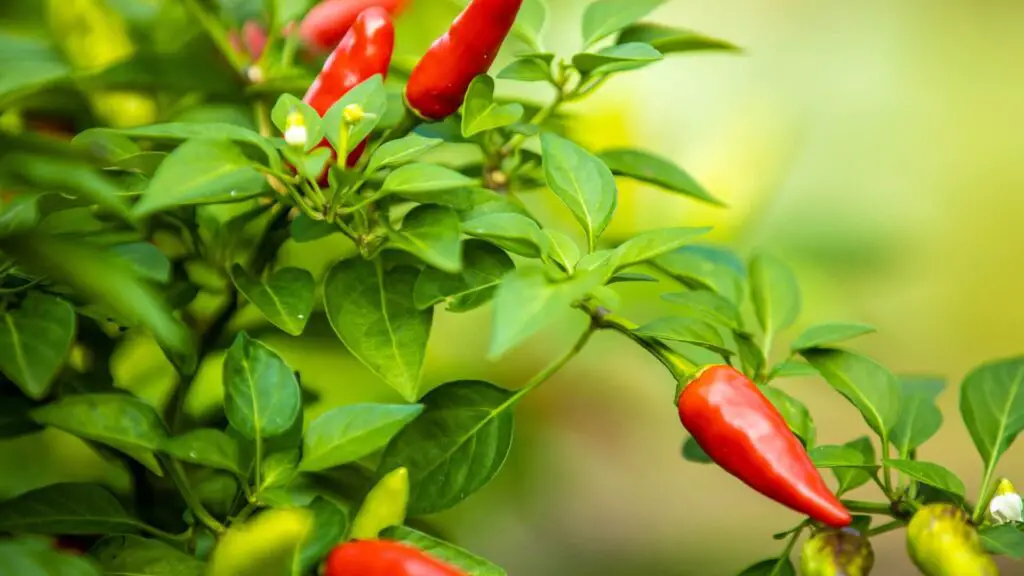
- Optimal pH Level: 5.5 – 6.5
- Harvesting Time: 8-12 weeks
- Lighting Requirements: 14-18 hours daily (high-intensity LED or HID grow lights)
Peppers are a great hydroponic vegetable that can be grown year-round. They have a high yield and are easy to grow. There are many different varieties of peppers that can be grown hydroponically, including bell peppers, jalapeno peppers, and habanero peppers.
Peppers add vibrant colors and mild to spicy flavors to a wide range of dishes. Hydroponically grown peppers tend to be sweeter and more consistent in quality.
To harvest, simply pick peppers when they reach the desired size and color. Regular harvesting encourages the plant.
Cabbage
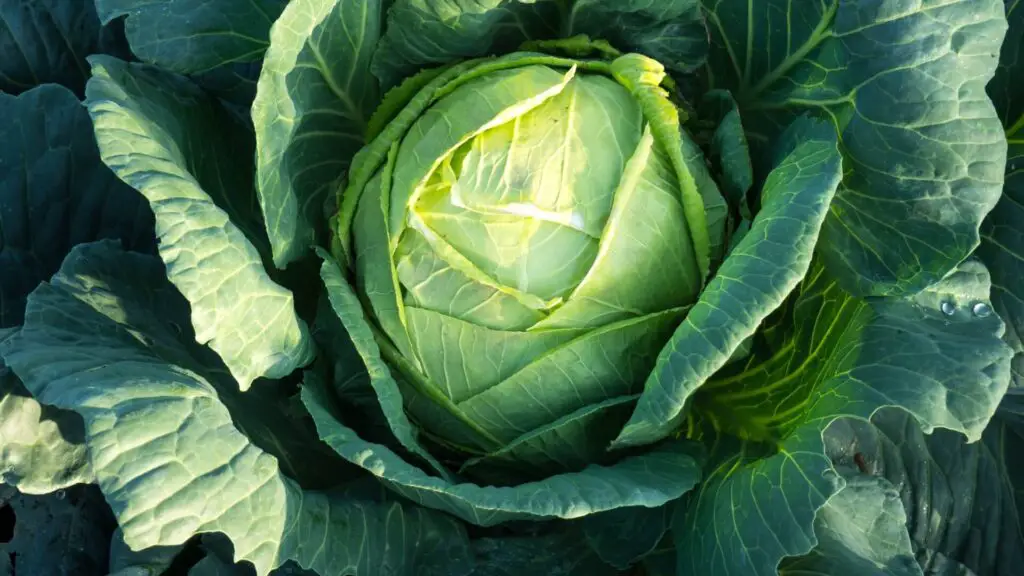
- Optimal pH Level: 6.0 – 7.0
- Harvesting Time: 6-10 weeks
- Lighting Requirements: 12-16 hours daily (standard LED or fluorescent grow lights)
Cabbage, a cool-season crop, is well-suited to hydroponic gardening. It boasts a high yield and ease of growth. Hydroponic systems such as Nutrient Film Technique (NFT) and Deep Water Culture (DWC) work well for cultivating this leafy vegetable.
Cabbage is a versatile ingredient in salads, slaws, stir-fries, and more. Hydroponically grown cabbage tends to be more tender and flavorful than field-grown counterparts.
Regular harvesting of outer leaves encourages the growth of inner leaves, ensuring a continuous supply of crisp and nutritious cabbage for your culinary creations. Proper attention to pH and nutrient levels will help you achieve optimal growth and flavor.
Radishes
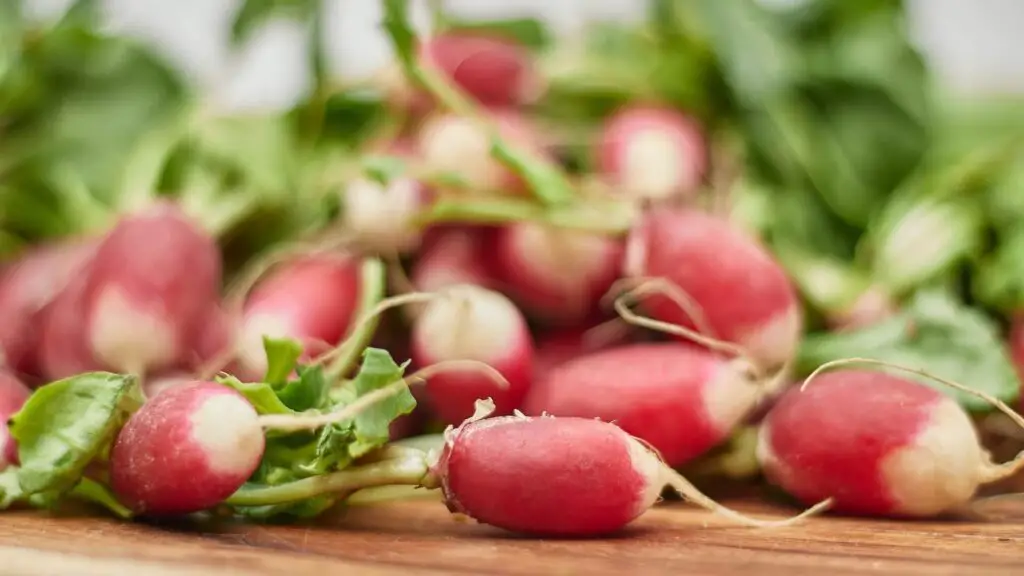
- Optimal pH Level: 5.8 – 6.2
- Harvesting Time: 3-4 weeks
- Lighting Requirements: 12-14 hours daily (standard LED or fluorescent grow lights)
Radishes are fast-growing hydroponic vegetables, maturing in just a few weeks. Their crisp texture and peppery flavor make them a delightful addition to salads and sandwiches.
Radishes come in various shapes and colors, from round and red to long and white. Hydroponically grown radishes tend to be milder in flavor and free from soil-related issues.
To harvest, gently pull radishes from the hydroponic medium when they reach the desired size. Frequent harvesting encourages further radish production, ensuring a bountiful supply of crunchy and spicy radishes for your culinary creations.
Zucchini
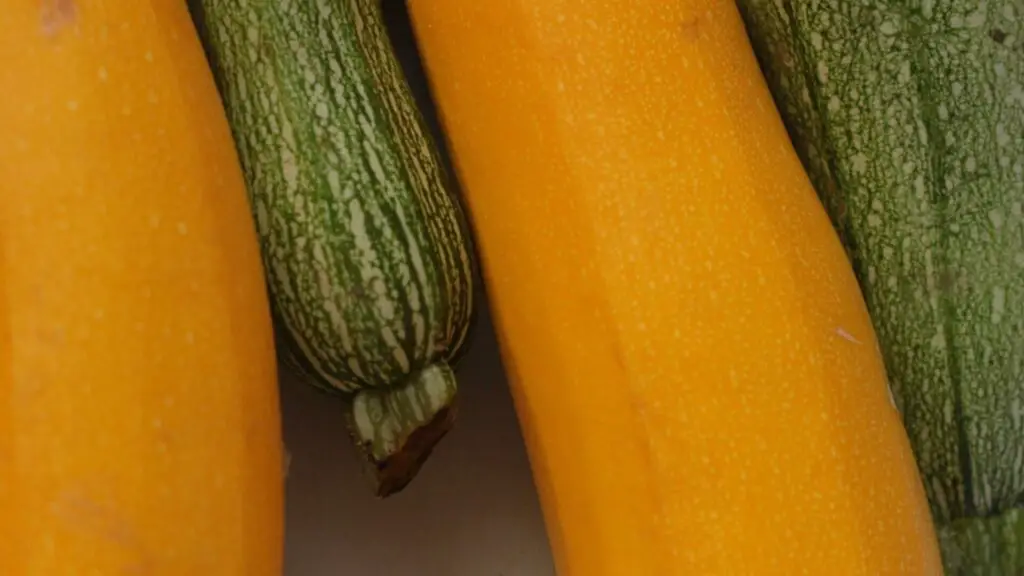
- Optimal pH Level: 5.8 – 6.2
- Harvesting Time: 6-8 weeks
- Lighting Requirements: 14-16 hours daily (high-intensity LED grow lights)
Zucchini is a prolific hydroponic vegetable that can be grown vertically, maximizing space. Adequate water supply is crucial to support its growth.
Zucchini is known for its mild flavor and versatility in various culinary creations, from sautés to fritters. Hydroponically grown zucchini tends to be tender and uniform in size.
To harvest, simply pick zucchini when they reach the desired length, typically six to eight inches. Regular harvesting encourages the plant to produce more zucchini, ensuring a steady supply for your culinary endeavors.
Cauliflower
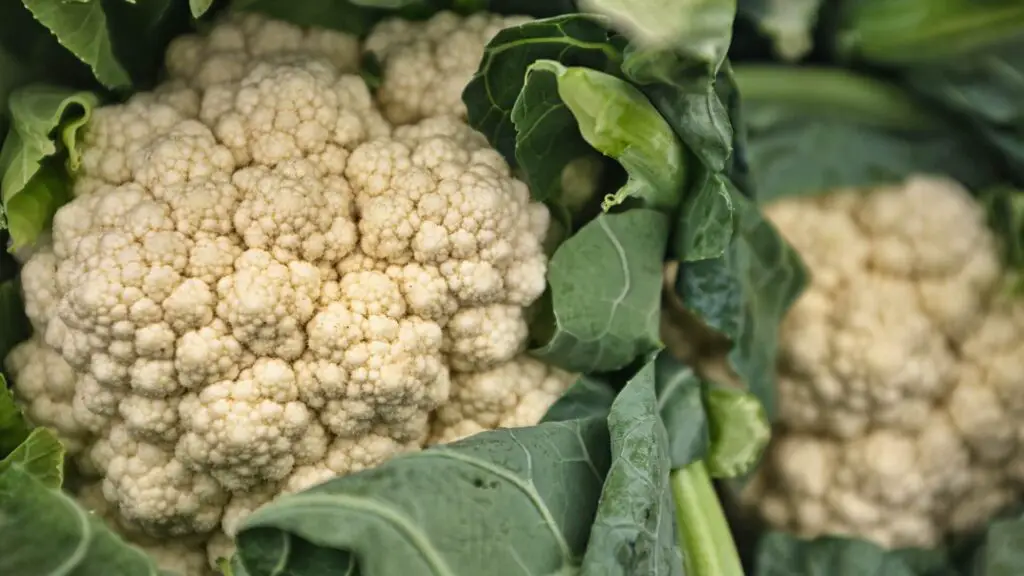
- Optimal pH Level: 6.0 – 6.8
- Harvesting Time: 10-12 weeks
- Lighting Requirements: 14-16 hours daily (standard LED or fluorescent grow lights)
Cauliflower, a cool-season crop, is suitable for hydroponic gardening. It offers a high yield and can be cultivated in various hydroponic systems, including NFT and DWC.
Cauliflower is a versatile vegetable used in dishes like mashed cauliflower, soups, and roasted cauliflower. Hydroponically grown cauliflower tends to have a consistent and appealing appearance.
To harvest, cut the cauliflower head when it reaches the desired size and is compact. Consistent monitoring of pH and nutrient levels is essential to ensure the best growth and flavor.
Chives
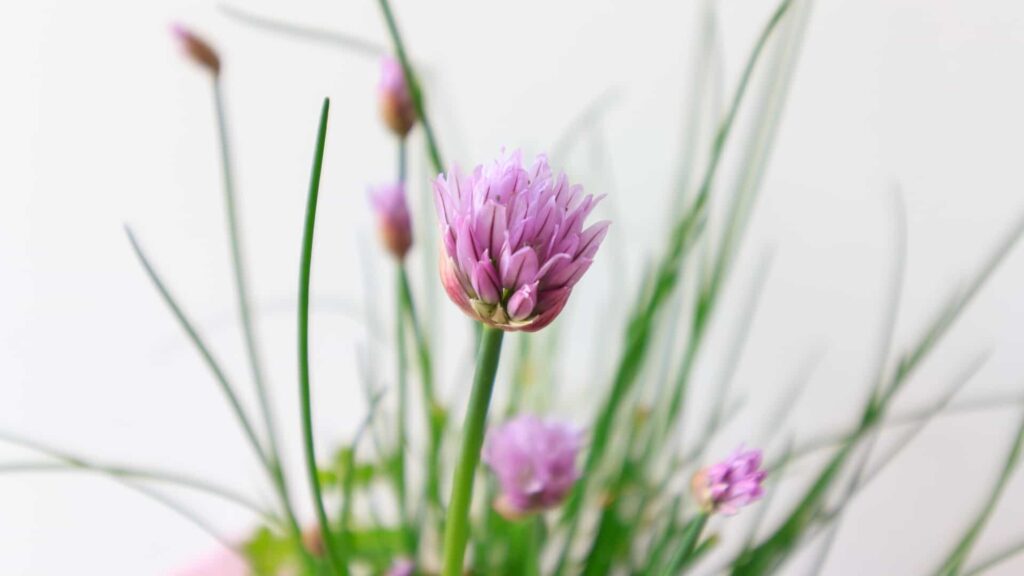
- Optimal pH Level: 6.0 – 7.0
- Harvesting Time: 6-8 weeks
- Lighting Requirements: 12-14 hours daily (standard LED or fluorescent grow lights)
Chives are versatile hydroponic herbs that thrive year-round. They add flavor to a variety of dishes, including soups, salads, and omelets, making them an excellent choice for culinary enthusiasts.
Chives have a mild onion flavor and are prized for their green, hollow stems. Hydroponically grown chives tend to be more tender and flavorful.
To harvest, simply snip the chive leaves with scissors or a knife, leaving a few inches for regrowth. Regular harvesting encourages continual production, ensuring a steady supply of fresh chives to elevate your culinary creations.
Carrots
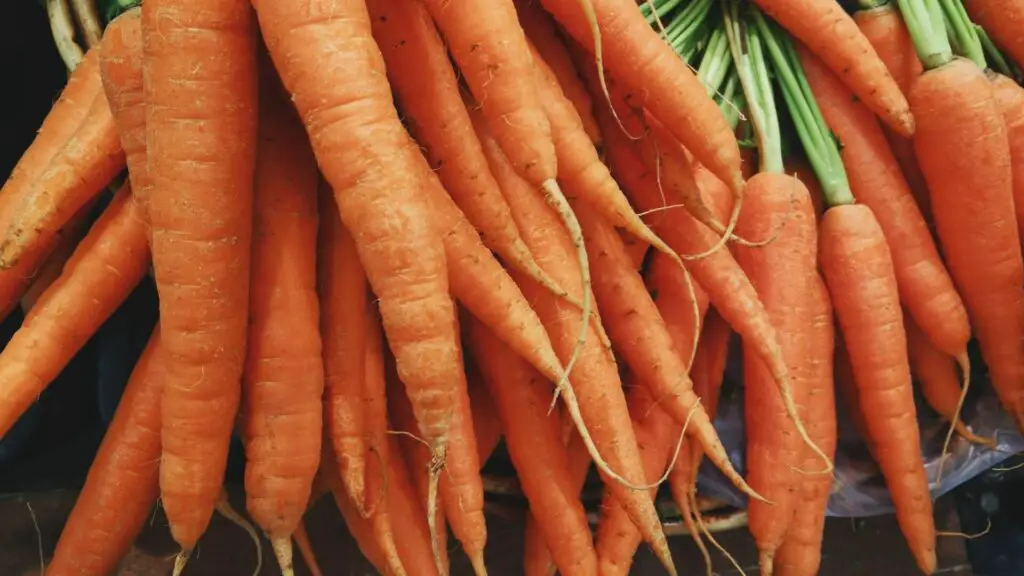
- Optimal pH Level: 5.8 – 6.2
- Harvesting Time: 10-12 weeks
- Lighting Requirements: 14-16 hours daily (high-intensity LED grow lights)
Hydroponic carrot cultivation is possible, although it requires containers deep enough to accommodate their taproots. Despite a longer growth period, hydroponically grown carrots are rich in nutrients and offer a unique addition to your hydroponic garden.
Carrots are prized for their natural sweetness and vibrant orange color. In a hydroponic system, they tend to develop fewer blemishes and irregularities, resulting in visually appealing and flavorful roots.
To harvest, pull carrots gently from the hydroponic medium when they reach the desired size. Carrots can be enjoyed fresh, roasted, or used in various culinary dishes to add a sweet and earthy flavor.
Celery
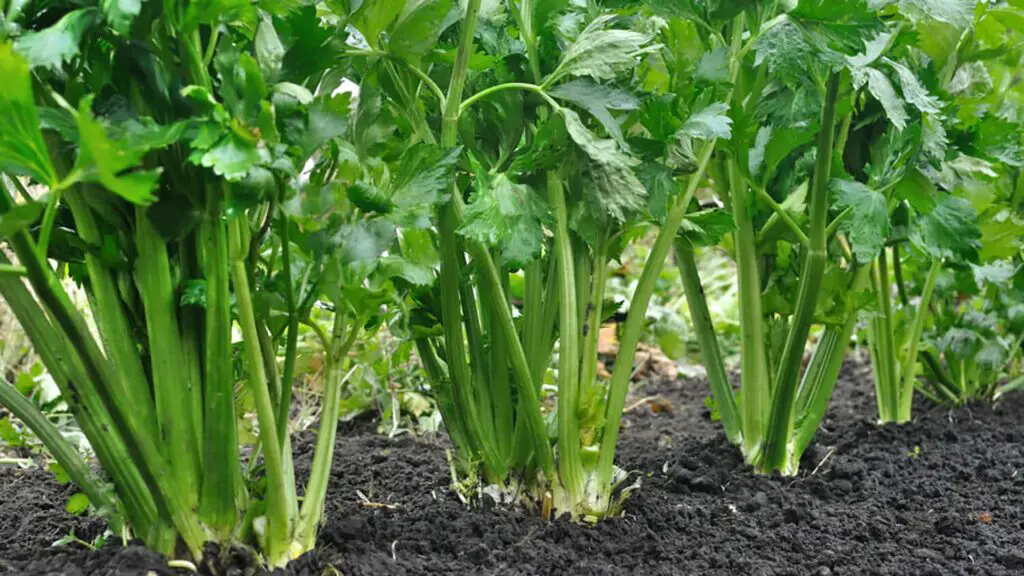
- Optimal pH Level: 5.8 – 6.2
- Harvesting Time: 14-16 weeks
- Lighting Requirements: 14-16 hours daily (high-intensity LED grow lights)
While celery requires patience due to its slow growth, it is packed with nutrients and enhances the diversity of your hydroponic garden. Deep containers are essential to accommodate its lengthy taproots.
Celery is a crisp and refreshing vegetable often used in salads, soups, and snacks. Hydroponically grown celery tends to be more flavorful and less fibrous.
To harvest, cut individual celery stalks at the base as needed, allowing the plant to continue producing. With consistent monitoring of pH and nutrient levels, you can enjoy a steady supply of fresh and nutritious hydroponic celery.
Broccoli
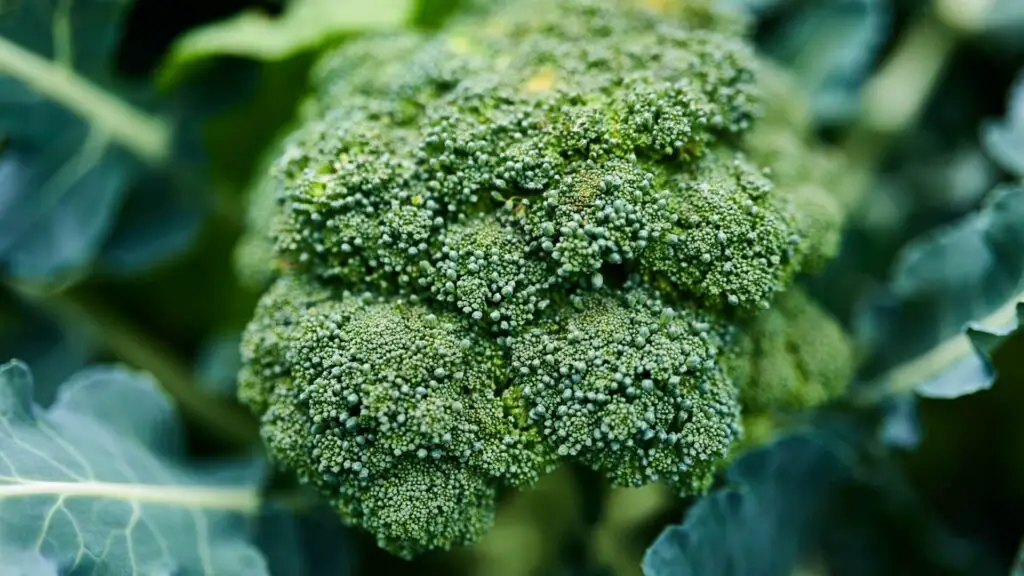
- Optimal pH Level: 6.0 – 6.8
- Harvesting Time: 10-12 weeks
- Lighting Requirements: 14-16 hours daily (standard LED or fluorescent grow lights)
Broccoli, a cool-season crop, adapts well to hydroponic gardening. Its nutritional value and versatility in various dishes make it a valuable addition to your hydroponic garden.
Broccoli is known for its tender florets and earthy flavor. Hydroponically grown broccoli tends to have consistent quality and appearance.
To harvest, cut the main broccoli head when it reaches full size, typically 8 to 10 inches in diameter. Regular pruning and maintenance help optimize yield and ensure a continuous supply of fresh and nutritious hydroponic broccoli.
Eggplant
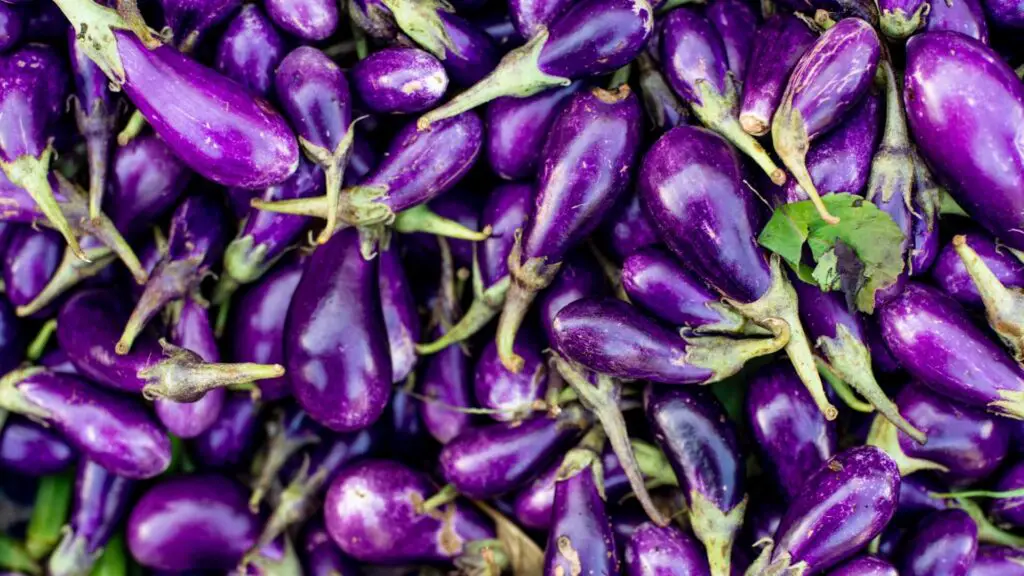
- Optimal pH Level: 5.8 – 6.2
- Harvesting Time: 10-12 weeks
- Lighting Requirements: 14-18 hours daily (high-intensity LED or HID grow lights)
Eggplant, a warm-season crop, thrives in hydroponic environments. Its ease of cultivation and high yield potential make it an attractive choice for hydroponic gardeners.
Eggplant is a versatile vegetable used in various cuisines, from Mediterranean to Asian dishes. Hydroponically grown eggplants tend to have a consistent texture and flavor.
To harvest, pick eggplants when they reach the desired size and color. Regular harvesting encourages the plant to produce more eggplants, ensuring a continuous supply for your culinary creations.
Each of these hydroponic vegetables offers a unique growing experience and the opportunity to enjoy fresh, homegrown produce year-round. Experiment with different varieties and hydroponic systems to discover your favorites and maximize your harvests.
See also:
Happy hydroponic gardening!
